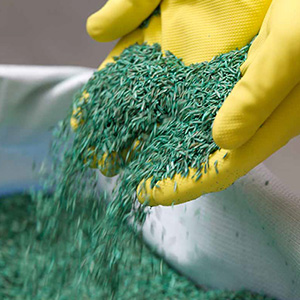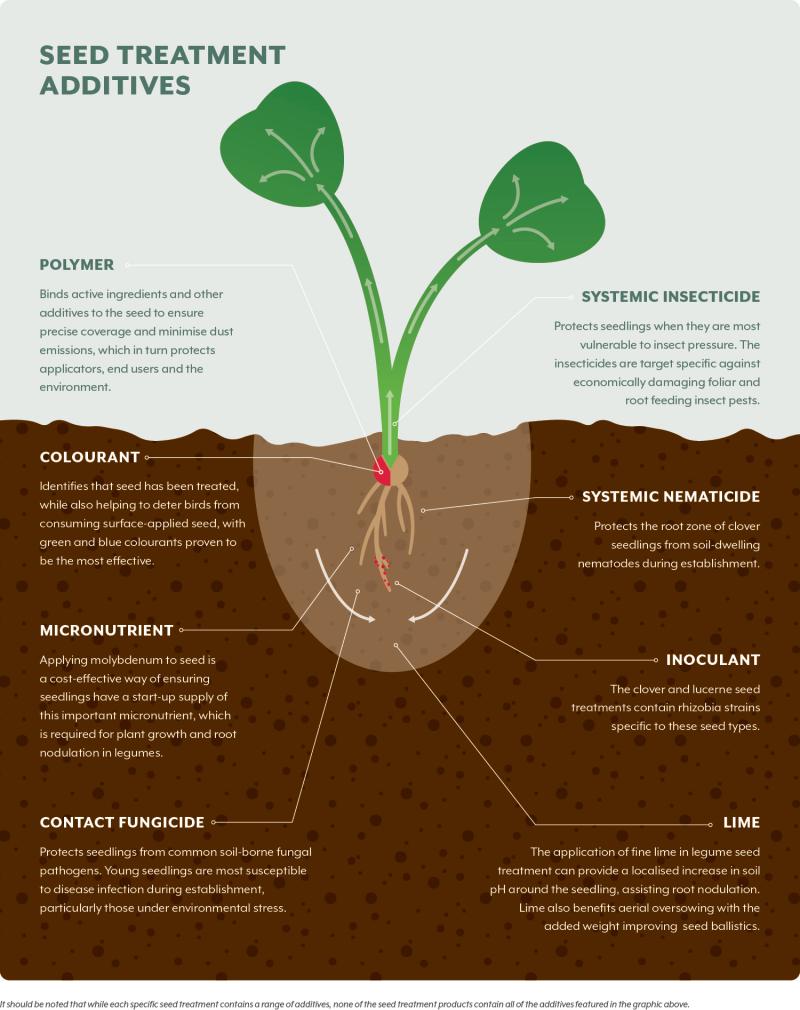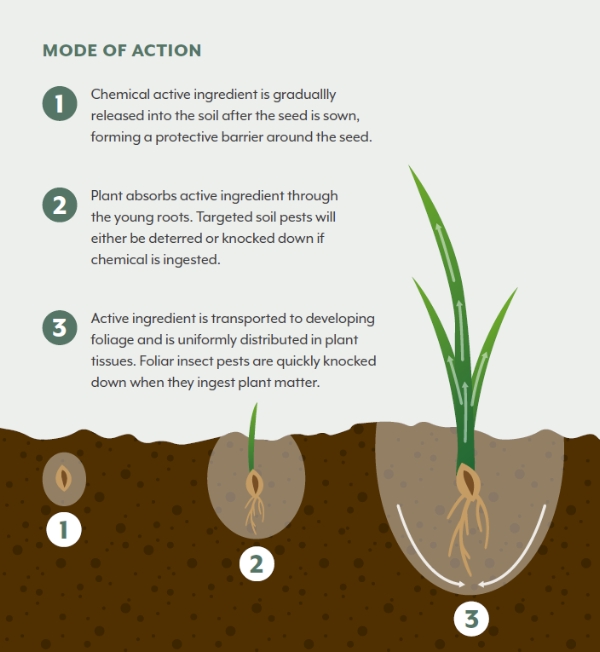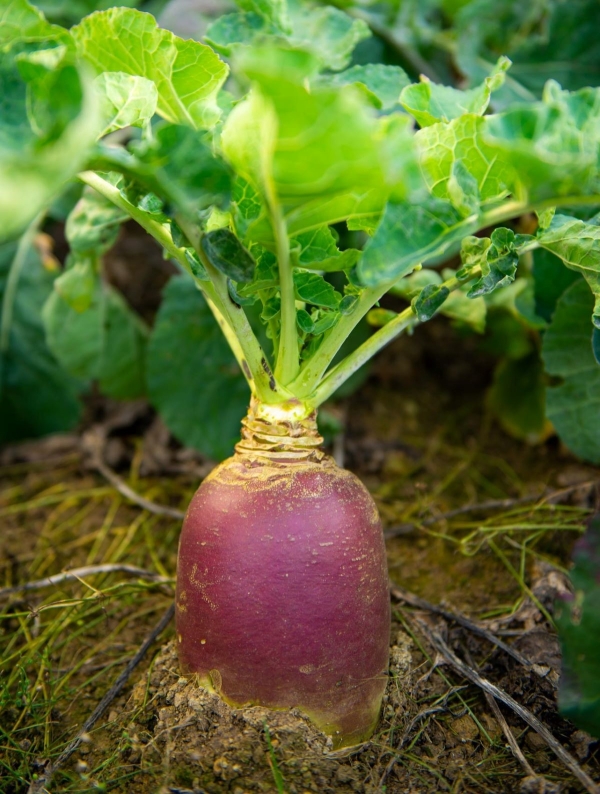Building better seeds
The seed treatment formulations developed by PGG Wrightson Seeds contain additives that are unique to the seed type and/or end use.
WHAT'S IN SEED TREATMENT PRODUCTS?
The seed treatment formulations developed by PGG Wrightson Seeds contain additives that are unique to the seed type and/or end use. These additives combine to provide a better environment for seedling establishment and early growth. Most products contain a systemic insecticide, with at least one contact fungicide, along with other beneficial additives including micronutrients.
It should be noted that while each specific seed treatment contains a range of additives, none of the seed treatment products contain all of the additives featured in the graphic shown.
Seedling protection
The application of crop protection products such as insecticides and fungicides to seed provides a targeted and cost-effective method of protecting forage seed from point of sowing through to full establishment.
Insectitcide
Insecticides included in seed treatment products are typically systemic in terms of their transmission, where chemical active ingredient is taken up by the young roots and distributed throughout the developing plant. Seedlings are protected during the first six weeks of establishment to the point where plants are in a much better position to withstand pest attack.
Systemic insecticides offer a very effective mode of action, providing both anti-feeding and knock down effects against target insects, protecting the plant above and below ground (see diagram below).
It is important to note that some pests such as Slugs and Black Field Crickets, will not be controlled by seed treatments, hence the need to incorporate other forms of pest control into the reseeding programme. Also, when a target pest population is high (e.g. Springtail), an additional form of pest control such as a foliar applied insecticide may be required to support the protection provided by seed treatment.
Fungicide
The fungicides in seed treatment products use contact transmission to protect seedlings in the first three to four weeks of establishment. The importance of fungicide protection is often undervalued, with plant damage in many situations incorrectly identified as another factor, such as nutrient deficiency or insect attack. Fungicides are beneficial when planting into cool or damp soils, since these conditions may increase the risk of fungal attack or delay the speed of germination. When germination is delayed through soil moisture deficiency, the seed will remain protected by fungicide until it germinates.
Fungicides provide a knock down form of protection during early seedling growth. Chemical active ingredient is released into the soil after the seed germinates, protecting developing roots against soil-borne fungal pathogens. The active ingredient also acts as a steriliser, ‘locking in’ the germination potential of a seed line by protecting against fungal pathogens on the seed.




